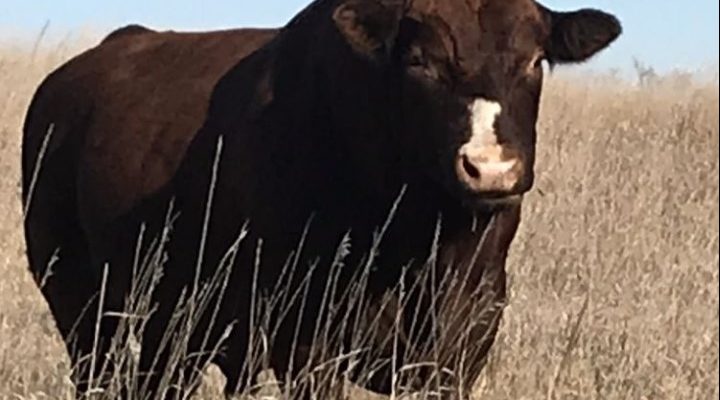
Elevate Ag, Elevate Yourself
January 4, 2021
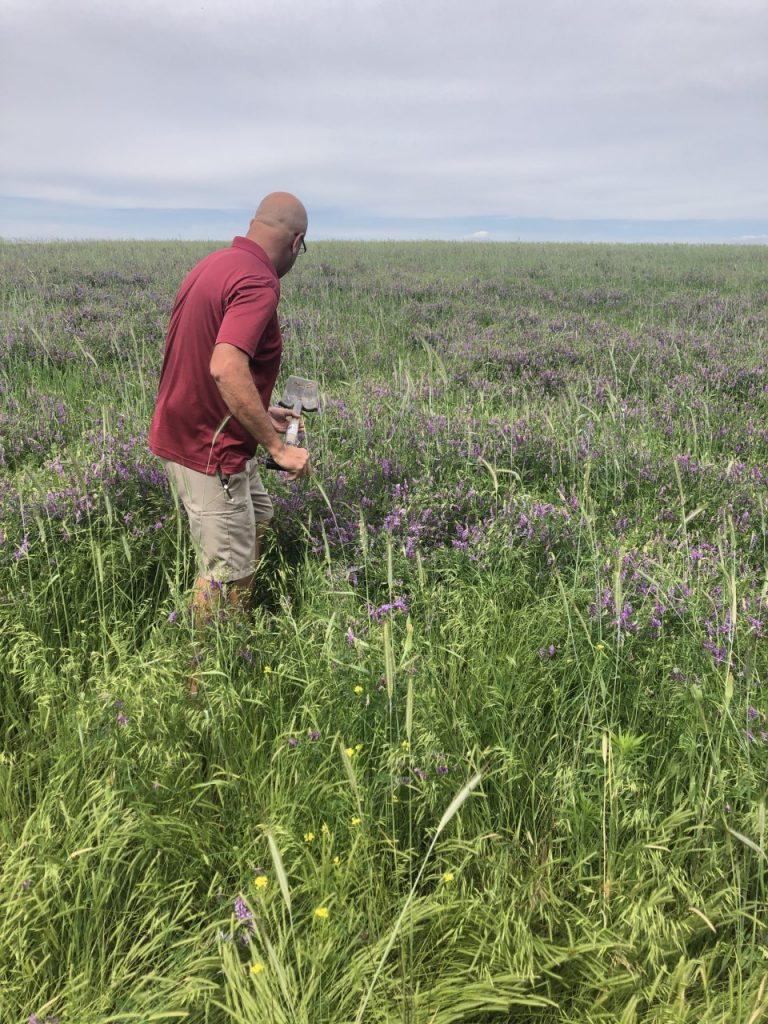
Throughout this regenerative journey, I have had the privilege of working with such amazing people, standing on farms and ranches all across the country and talking about methods halfway across the world.
What I have been able to witness is that changing the methods of farming and ranching are so important. Still, the first big step to changing is – your mind.
Methods are only going to go so far. You need God’s hand to help you finish the rest. Because of time and practicality, a lot of times methods cannot be relied upon alone. We have to rely completely on God’s hand working through our lives, truly working. God’s hand is what has been provided to us naturally upon earth that we can utilize to elevate your farm or ranch to the fullest.
That is why I am so excited to announce that I have accepted the position of Ag Relationship Advisor with Elevate Ag – a company that is allowing Del Ficke to be Del Ficke.
Elevating ag, to me, is about people elevating themselves – valuing themselves enough to know they and their families deserve the best – the best soil, the best crops, the best livestock and the best dreams they can dream.
This is a call to action. Each and every one of you are free to elevate yourselves, your families, your farms and your ranches. That is how we can elevate agriculture to leave the true legacy it was meant to leave.
Call me at (402) 499-0329
Learn more at: elevateag.com
Abundance of People is Better
I am so excited to have this article in our newsletter as the Ducheneaux family and the Intertribal Agriculture Council have such a huge place in my heart and are amazing leaders in the regenerative agriculture movement. The following article first appeared in the Fall 2020 edition of Living Here magazine.
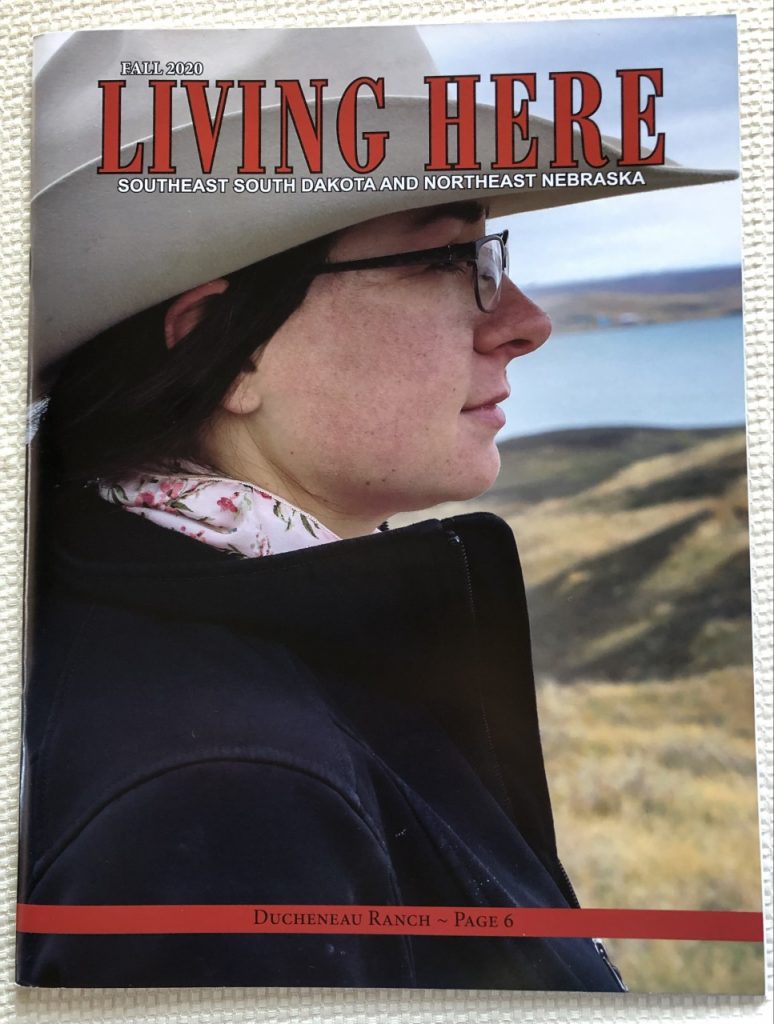
Kelsey Ducheneaux said it would be just a second before starting the interview. She had to remind her father, Zach, who was hard at work on the family’s fourth generation ranch on the banks of the Cheyenne River Sioux Indian Reservation along the Missouri River in North Central South Dakota.
“An abundance of people is better,” Zach said about their way of ranching, “We still approach it that way too.”
Indeed, they do – within just a quarter of a mile, are six homes with nearly 20 total people living in them at any one time. This legacy of family at the center with wide, open doors and the coffee pot always on, was in many ways set forth by Zach’s parents – Wayne (nicknamed “Poppy”) and his wife Regina, known the world over as “Granny.”
Today, Granny and Poppy’s siblings and their offspring all have some form of engagement in the family operation. True to their parent’s upbringing, each of them works hard to maintain their home as “the easiest hello and the hardest goodbye.” Especially through trying times, such as the COVID-19 pandemic, they say houses are full, and home feels safest.
“We are very fluid here and our ‘cup’ always has something in it,” Kelsey said. “We always have some members of the family here and everyone flexes the direction that has to be done based on expectations.”
“Sundays we get together and have breakfast at someone’s house and supper impromptu throughout the week,” she added. “This is no small feat when there’s usually more than 20 family members in the ranch on any given day. We try and make our ranch work ‘fun,’ and we plan around when everyone can be here. If it’s not enjoyable for people and safe, it’s not good for the animals or the land.”
Zach gets emotional about all the family members playing their part, “I could not leave and do what I do away from here without them. It is really comforting to have a family atmosphere and not worry about what is going on here.”
It has always been about caring for family first and forming opportunities for the next generation at the Ducheneaux ranch. This was set forth yet again in the 1990s when “Poppy” sat his sons, Zach, and Guthrie down over spring break and told them they needed to decide which one was going to take over.
“I said I would do it,” Zach said. “And, Guthrie said, ‘that works for me.’”
Zach pointed out that Indian farm and ranch operations often are transferred in this fashion, “There was no price on it. It was really just a generational transfer. Dad was just making sure he and Granny were taken care of. He gave us the reins and allowed 20-year-olds the latitude to make all decisions on the place.”
Since then, Zach and team Ducheneaux have been able to keep the ranch not only surviving – but thriving. Kelsey said they do this in union with the environment and each other, “We have never exercised dominion over our herd, land or crops. We are seeking a mutually beneficial relationship with them and sometimes to our great expense. Most important is the connection with all the ecosystem as a family and we find that connection with the ecosystem is something we are born with.”
“Our people have been developing their adaptability on this continent, some sources say, for nearly 100,000 years,” Zach said. “That adaptability is inherent and the connection to the ecosystem is inherent.”
The Ducheneaux family accomplishes this adaptability and connectedness to all living things on 7,500 acres where they are running around 250 angus/angus cross cows. “Poppy’s” passion has survived as well in their Quarter horse herd, that pairs well with the cow/calf ranching endeavors that take place on a Northern-mixed grass ecosystem.
“I don’t believe in the concept of ‘native’ and ‘introduced’ plants,” Kelsey said, noting that she believes that is drawing a far too simple false line in the sand. “We don’t actually know what existed here first or how it got here. People in nomadic societies would often transplant them across the Northern and Southern Great Plains.”
They also see the cattle industry in a broader view than much of the pervasive “conventional beef production” mindset, Kelsey explained, “Yes, we are angus-based, but we believe in enhancing our herd resiliency through crossbreeding (Brahma and Simmental breeds, as of recent) and selecting a genetic map based on the ecosystem, instead of industry branding based on marketing. We believe in herd resiliency through the influences of other breeds.”
Promoting resiliency of people, livestock, a host of other creatures and the land itself is also why both Zach and Kelsey have dedicated much of their off-the-ranch work to an organization called the Intertribal Agriculture Council (IAC). Zach is the Executive Director of IAC and Kelsey serves as the Natural Resources Director for the organization. They say many people across the United States do not realize there are nearly 80,000 Indian Country farmers and ranchers contributing to the food system in their areas and all across the United States.
“The Intertribal Agriculture Council was founded in 1987 to pursue and promote the conservation, development and use of our agricultural resources for the betterment of our people,” the IAC website explains. “Land-based agricultural resources are vital to the economic and social welfare of many Native American and Alaskan Tribes. The harmonies of man, soil, water, air, vegetation, and wildlife that collectively make-up the American Indian agriculture community influence our emotional and spiritual wellbeing. Prior to 1987, American Indian agriculture was basically unheard-of outside reservation boundaries.”
“Since that time, IAC has grown to prominence in Indian Country and among the federal government agencies and the agricultural field with which it works on behalf of individual Indian producers and Tribal enterprises. The IAC has, over the last three decades, become recognized as the most respected voice within the Indian community and government circles on agricultural policies and programs in Indian country,” the organization states in promotional materials.
Zach explained his history with IAC, “When I first started in ranching, I bought heifer calves at $560 a head, fed them all winter, bred them and sold them at $555. Losing $5 a head was not a good way to start in ranching. Then one day I was flipping through the mail and on the back page of the Indian Ag Link magazine, IAC was looking for a part-time farm advocate. I was 25 years old at the time and I called the office.”
“IAC hired me as a farm advocate and I got to know the folks there,” Zach explained. “IAC demonstrated early on to me their commitment to producers. It was all about rolling up your sleeves and getting to work.”
Zach appreciated the leadership of the first IAC Executive Director, Greg Smitman and said that both Smitman and the second Executive Director, Ross Racine, enjoyed retelling the story of how Zach’s father was the lone dissenting vote to even creating IAC, “over concerns that an intertribal organization diminished the nation to nation relationship that should exist between the Tribes and the federal government.”
Zach was eventually elected to Tribal council and was subsequently named delegate to the IAC annual conference. He then began serving on the Board of Directors for IAC, “My personal goal that I bring to the leadership of IAC is to empower all families to take the steps our family has taken. I leave ‘paradise’ everyday so someone else can have the opportunity of creating their own.”
Kelsey grew up not even knowing that her father was dedicated to IAC off the ranch. Then, when she was a sophomore in high school, there was an essay contest for Native American youth held. The winner received a trip to Las Vegas to attend the IAC annual conference.
“My mom told me, ‘Well, your dad is with IAC. You should ask him about it.’ Lo and behold dad had been working with the IAC my whole life and I did not know this. I mentioned to him my interest in applying for the contest, but dad said he would feel conflicted if I received the scholarship. So, he said, let the other kids apply, and I’ll take you with me this year to volunteer to support the staff. My experience working alongside his coworkers as a high school girl sorting through papers and running errands was absolutely life changing,” Kelsey admitted.
“IAC was the first time I was exposed to a work setting of a group of professionals that were so passionate I wanted to work with them,” she said. “I decided that is where I wanted to work and picked a degree path in college that would get me back into IAC as a professional.”
Before she could legally drink, Kelsey was spearheading efforts to lead hundreds of youth as part of initiatives to enhance IAC with this sector. During this time, she also learned that farmers and ranchers were always top priority with the organization. She then transitioned from engaging with youth to the Natural Resources Director.
“I feel that IAC is effective because we walk the talk. Our staff is comprised of Native farmers and ranchers,” she said. “When we interpret national policy, we are thinking about how that impacts ourselves and ranchers down the road. It’s really critical and it’s really a contributing factor in how effective we are as an organization.”
Back home at the ranch, Zach and Kelsey and the team are continuing to strengthen the reach of DX Beef LLC, their own local meat marketing business that allows them to sell their beef directly to consumers.
“We want other ranchers to realize they can really work their asses off and get around regulations that make it difficult to run a direct beef business,” Kelsey said. “We hope all families engaging through IAC can have a slice of what we are building here too. Whether it’s feeding the family their own beef or enhancing the carrying capacity on a regenerative grazing plan, there are ways we can learn to do better. We don’t have to expect to change federal regulations and policies with every hiccup we find. We can just go back to our founding principles and build a project that actually works.”
For Zach and Kelsey, it is always about people at the center and that is how it will always be at the Ducheneaux ranch if they have any choice in the matter. Zach said he couldn’t be more pleased, “I cannot begin to express how happy I am that Kelsey saw enough value in the vision. It’s all about a sense of extended family, community, tribe and globe.”
Learn more at: www.indianag.org
Follow the Ducheneaux family at: www.dxbeef.com
Coming Full Circle
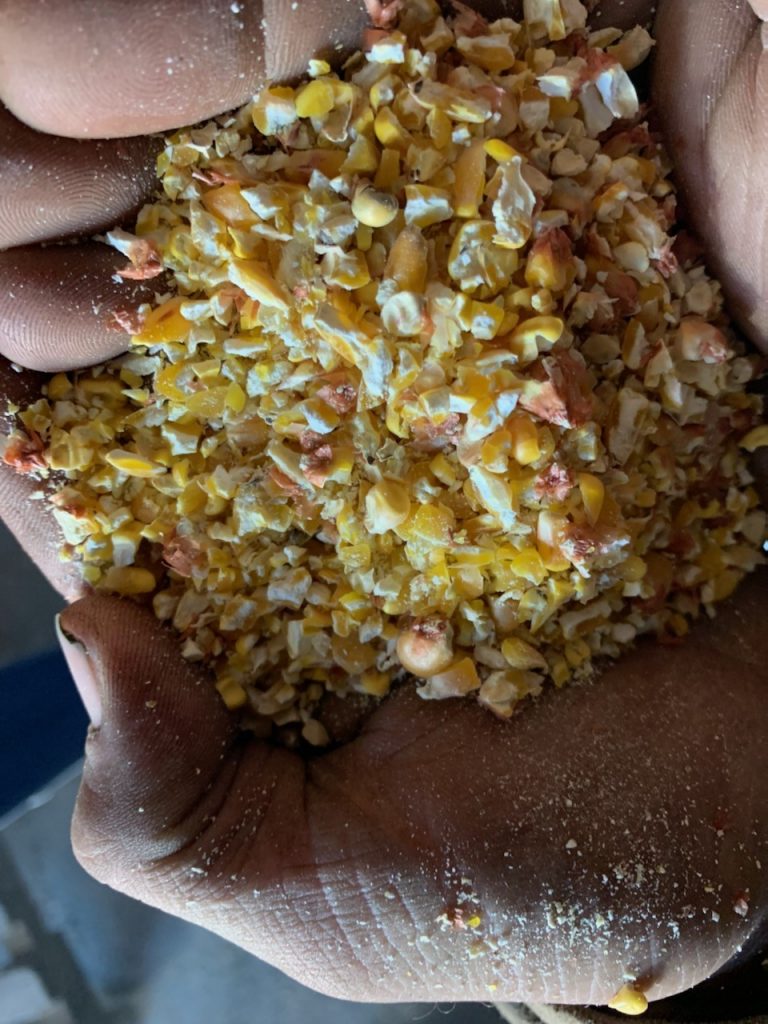
We hope everyone had a great Christmas and is looking forward to the beginning of a New Year! I am always refreshed at the end of the year and reminded of how important family and friends are after multiple holidays and I think many of you would agree.
I also think that many of us would agree 2020 has been somewhat of a divisive year from multiple fronts. Because of that, I welcomed the time together, to remind me how much we need each other. Speaking of the joys in this circle of life, I can think of no better way to describe the “cycle of human connection” than with the following example that ends, interestingly enough – with whiskey.
I was talking to a customer of Hybrid85 in Oregon recently that is growing corn in a region where corn is not a common crop. We conversed regularly throughout the season and the corn looked fantastic throughout the summer, but our conversations always came back to him asking the question, “What am I going to do with my crop after harvest?”
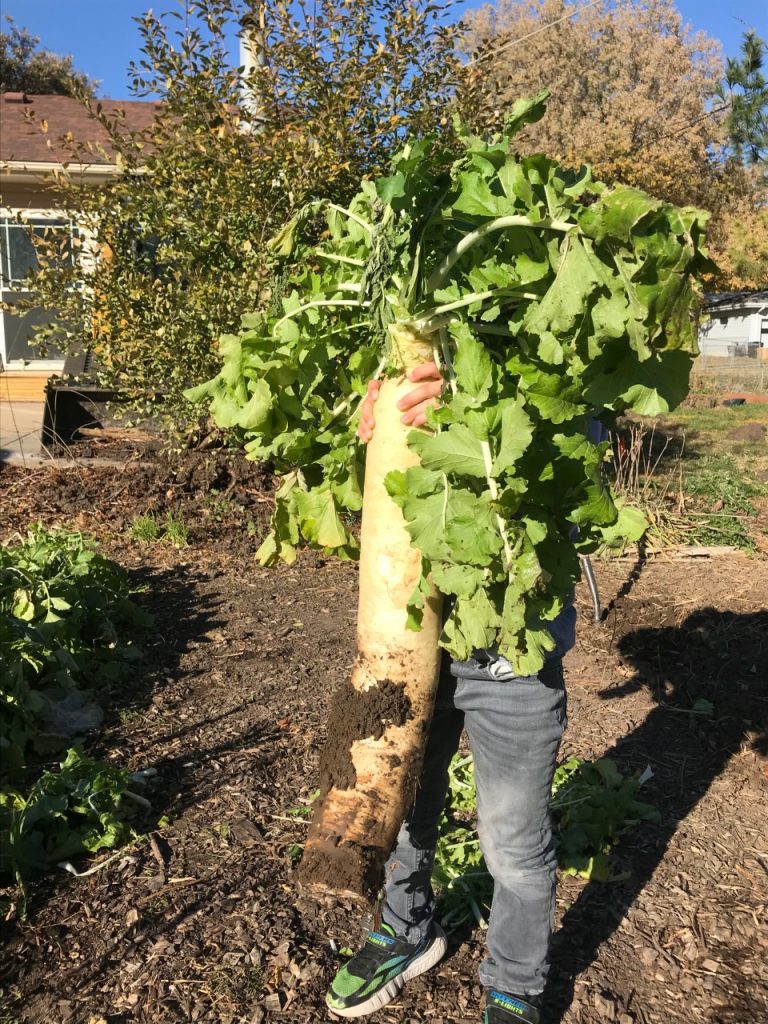
While he was focused on growing a healthy and productive corn crop, he was even more determined to get top dollar for his efforts. Because he was resourceful and refused to accept “Chicago board values” for his crop, he was able to sell his conventional corn to a local business, for prices that would make 2012 jealous. He did so by connecting with a local whiskey distillery that found his cracked corn to be far superior to their previous grain supplier.
After I had a conversation with the master distiller, I also came to find out that the distillery was getting a higher quality spirit and their efficiencies went up dramatically – which simply means they were able to get a better product, more of it, with fewer inputs. I am guessing many farmers can relate to wanting more of those outcomes as well!
What’s my point with all of this? The synergy of all of us working together in the above scenario created better outcomes for everyone involved! We all needed each other, decided to work together and we were all better off for it.
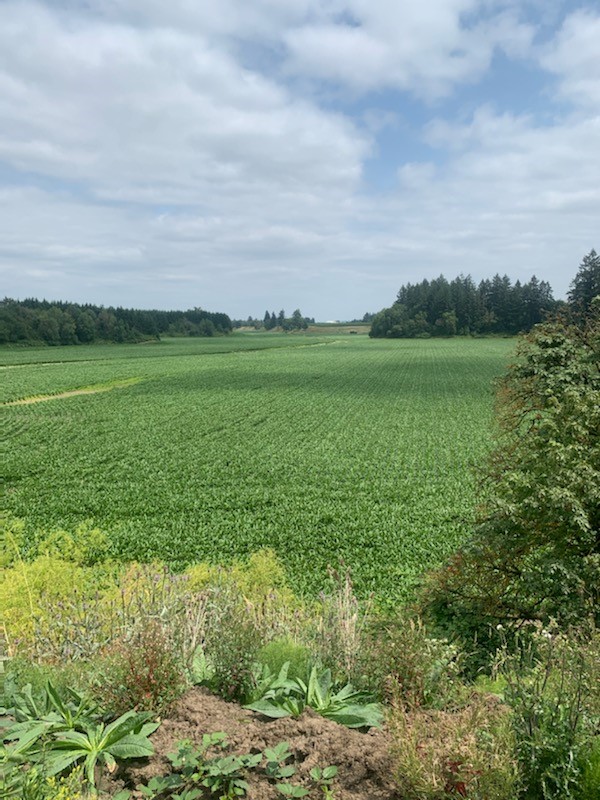
Hybrid85 sold corn seed and saved the farmer money, the farmer sold his conventional grain for top dollar with fewer inputs to a local business and the distillery got high quality grain for their whiskey. I would be lying if I said that we didn’t have whiskey being sent to us later this year.
That’s what we call a full-circle, win-win-win my friends and it’s only possible by working together!
2021 is your year to be determined, focused, and resourceful. We would love to help you on that journey. Give us a call or shoot us an email. We are here to help.
Check us out at: hybrid85.com
Speaking of cover crops, check farm-delivered bulk prices at: covercropexchange.com
If you’re ready to farm for net but have questions, reach Nate Belcher at corn@hybrid85.com or call him at 402-580-0015.
Merry Christmas from Peterson Asset Protection Group
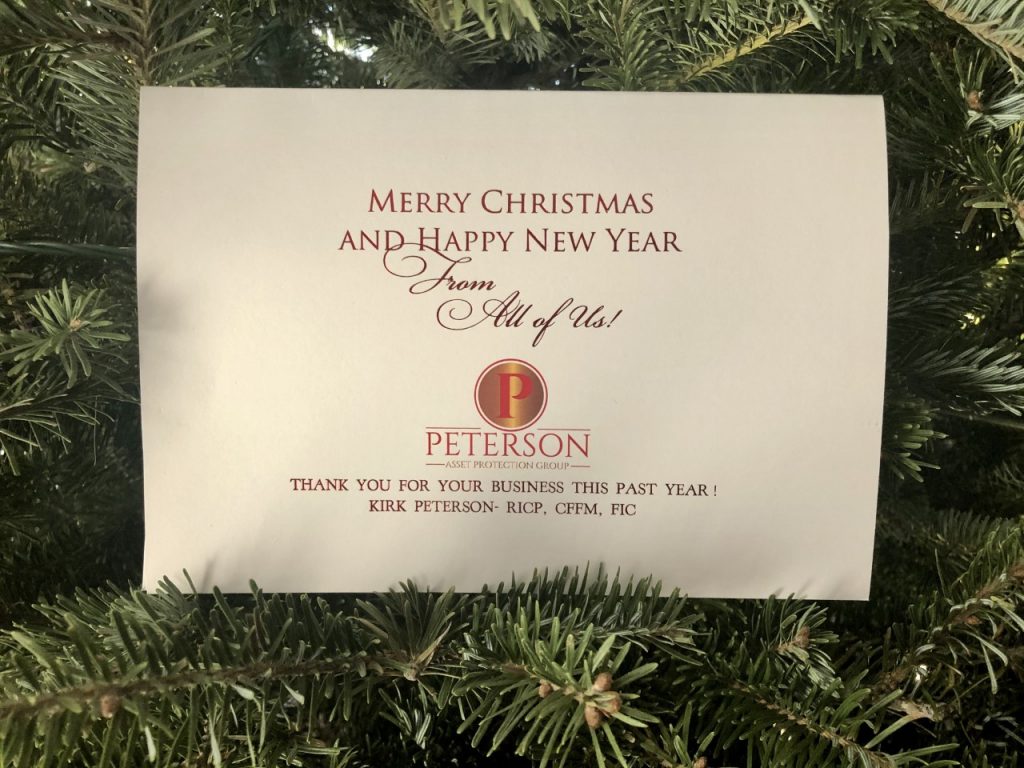
Each fall the Treasury Department announces inflation adjustments to tax-advantaged retirement accounts and income limits for the following tax year. They recently announced contribution limits and changes for the 2021 tax year. For the most part, contribution limits for employees will remain unchanged, while limits for the self-employed and small business owners will increase. IRA savers will see slightly increased income limits for deducting contributions, and phase-out income limits for contributing to Roth IRAs.
Here are the Retirement Plan Contributions limits for 2021:
401(k)s & 403(b)s – Contribution limits will remain at $19,500, with a catch-up contribution amount of $6,500 for those age 50+.
SIMPLE IRAs – Contribution limits will remain at $13,500, with a catch-up contribution amount of $3,000 for those aged 50+.
Traditional & Roth IRAs – Contribution limits will remain at $6,000, with a catch-up contribution amount of $1,000 for those aged 50+.
Combined Overall Contributions – Combined overall contribution limit will increase from $57,000 to $58,000.
SEP IRAs & Solo 401(k)s – Contribution limits increase from $57,000 to $58,000 for the amount that can be saved in SEP IRAs and Solo 401(k)s. The employee compensation limit for calculating contributions increases to $290,000.
There are also changes to income limits for 2021 to be aware of:
Traditional IRA – The income range limits for deducting contributions to a traditional IRA will increase by $1,000. The AGI phase-out range will be $66,000 and $76,000 for singles and heads of household covered by a workplace retirement plan. The range for married couples filing jointly, where the spouse who makes the IRA contribution is covered by a workplace retirement plan, will be $105,000 to $125,000.
Roth IRAs – The income eligibility limits for contributing the maximum to a Roth IRA will increase from $124,000 to $125,00 for singles and from $196,000 to $198,000 for married couples filing jointly. The AGI phase-out ranges will increase by $2,000 as well to $198,000 to $208,000 for married couples filing jointly, and to $125,000 to $140,000 for singles and heads of household.
Saver’s credit – The saver’s credit that’s designed to help low- to moderate-income workers save for retirement will also see an income limit increase for 2021. For singles it will increase from $32,500 to $33,000; for heads of household it will increase from $48,750 to $49,500; and for married couples filing jointly, it will increase from $65,000 to $66,000.
If you have questions on the 2021 contribution limits, let’s set aside some time to discuss to see how these changes may affect your financial goals.
Kirk Peterson | Peterson Asset Protection Group
kirkpeterson@woodburyfinancial.net
(402) 519-0330
www.petersonassetprotectiongroup.com
A Big THANK YOU from Anchor Meadow Farm!
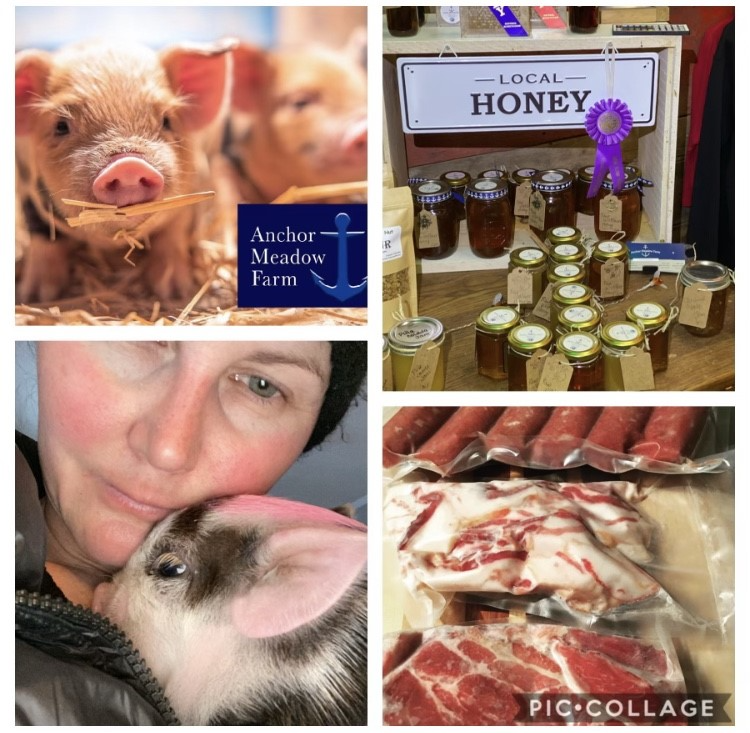
From all of us at Anchor Meadow Farm, we thank you from the bottoms of our hearts for helping make this our biggest year yet! Thank you for allowing us to serve you and provide nutrient-rich products and local love designs.
Contact Emely Hendl if you have any questions: 402-613-5483 and follow us at: https://www.facebook.com/pages/category/Farm/Anchor-Meadow-Farm-245014352709769/
2021: The year to take the bull by the horns!
We will see you there!
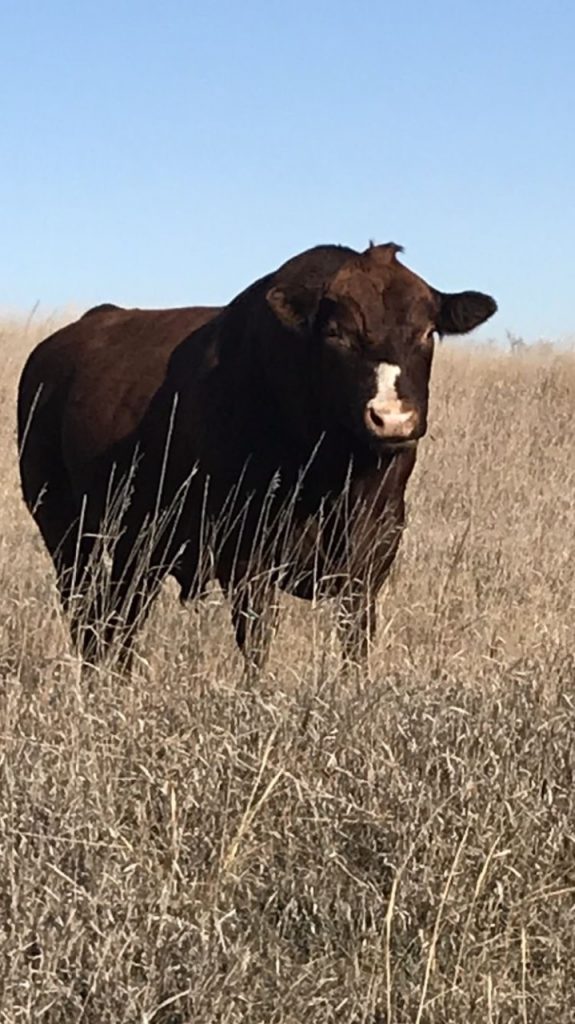
Del Ficke, 402-499-0329 or fickecattle@outlook.com
No electronic or mechanical reproduction of The Liberator is permitted without direct consent of the author, Ficke Cattle Company. Contact (402) 499-0329 or fickecattle@outlook.com Thank you so much for reading!
